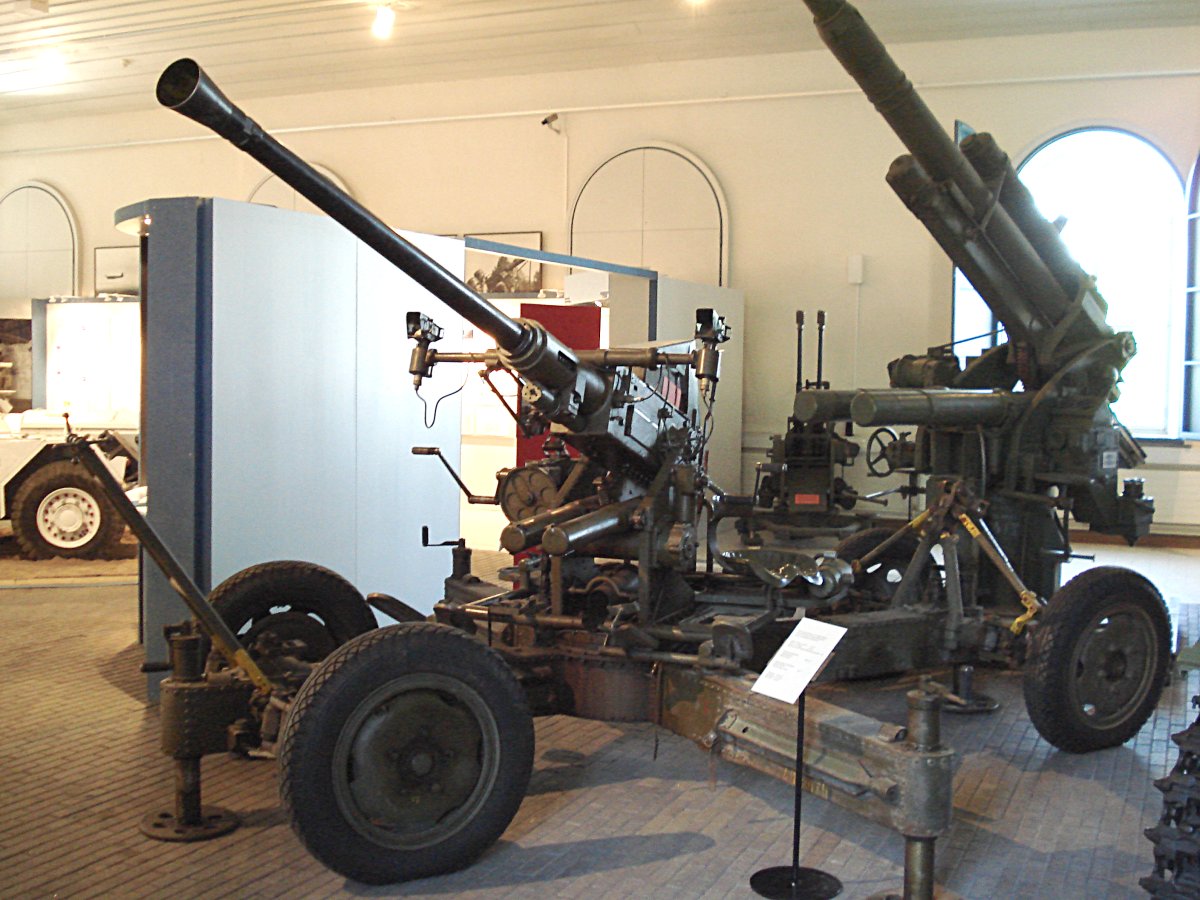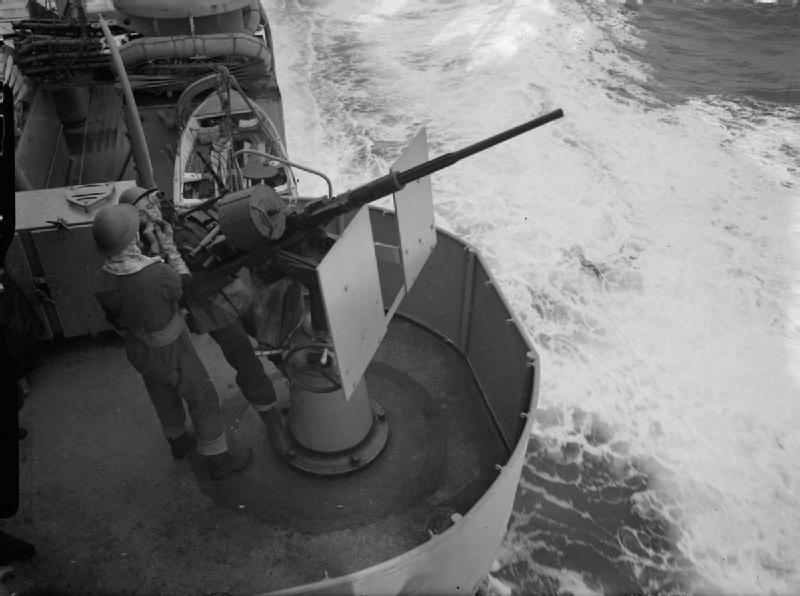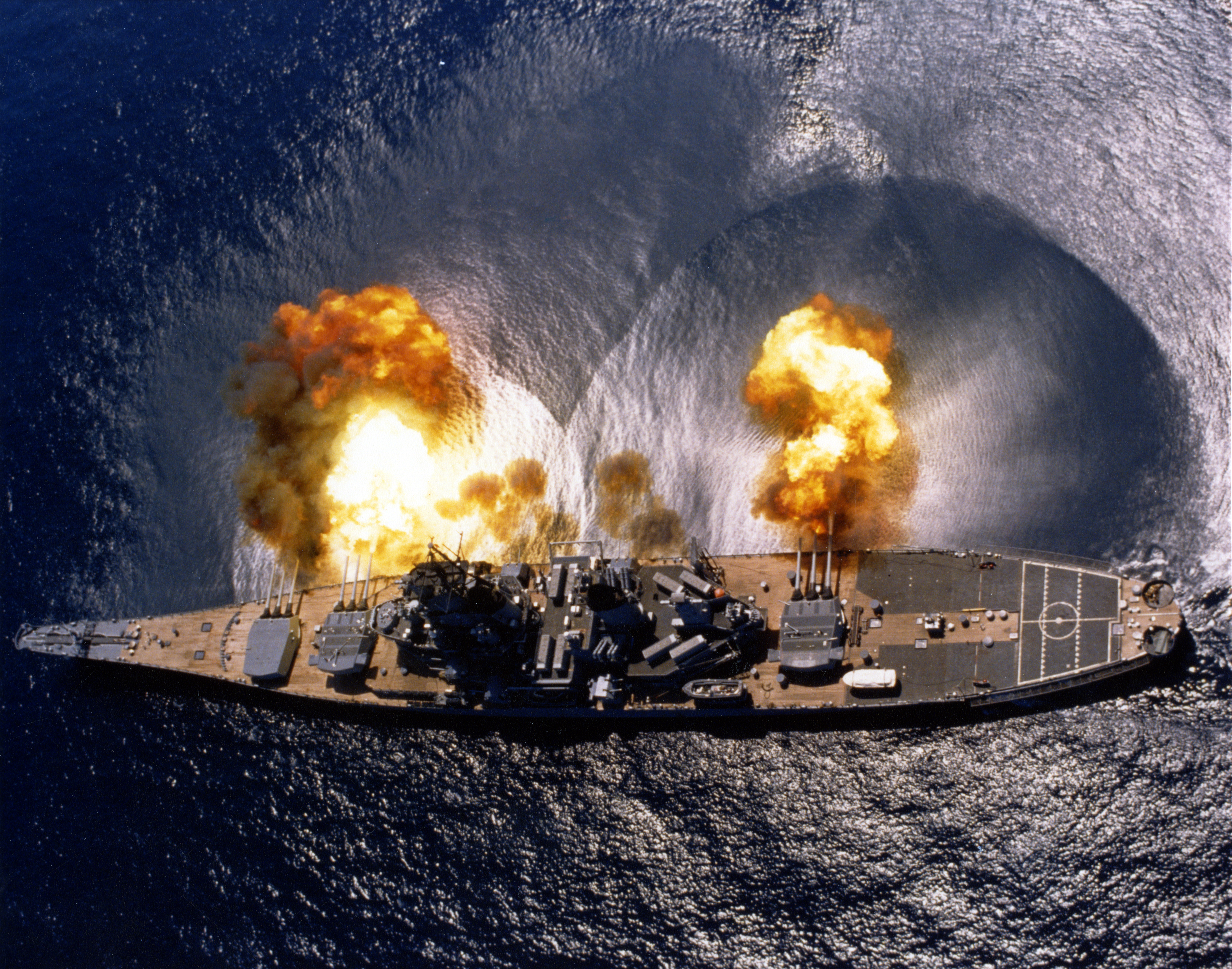|
Tolland-class Attack Cargo Ship
The ''Tolland''-class attack cargo ships were built by North Carolina Shipbuilding Co. in Wilmington, North Carolina during the latter stages of World War II. All these ships were built on the same standard hull design, but there were some differences from ship to ship. The armament varied, as did that of the other ships of the day. During 1944-1945, the 5"/38 was recognized as the best gun for the dual role of antiaircraft and naval gunfire support, and the 40 mm was seen as the best antiaircraft gun. The older 20 mm and .50 caliber guns had been recognized to be of limited value, and were being phased out, though they appeared on some of these ships. The 20 mm guns were later removed from all of them, but it is not clear just when this happened. The complement varied as well, but the DANFS figures sometimes seem to confuse ship's company with embarked troops in determining a ship's complement. Ships in Class See also * * * * * List of United States Navy ... [...More Info...] [...Related Items...] OR: [Wikipedia] [Google] [Baidu] |
North Carolina Shipbuilding Company
North Carolina Shipbuilding Company was a shipyard in Wilmington, North Carolina, created as part of the U.S. Government's Emergency Shipbuilding Program in the early days of World War II. From 1941 through 1946, the company built 243 ships in all, beginning with the Liberty ship SS ''Zebulon B. Vance'', and including 54 ships of the US Navy. Most of the latter were attack cargo ships (AKA), amphibious force flagships (AGC) and ammunition ships (AE). A list of all 54 Navy ships appears at the end of this article, as does a link to a detailed record of all ships built by the company. History The company's history began in 1940, when the U.S. government saw the acute need to build a large fleet of Merchant ships, both to fulfill commitments to the British and, if The United Kingdom fell, to strengthen its position for war. The Maritime Commission decided to allow established shipyards to build new facilities and operate them for the government. Newport News Shipbuilding and Drydock ... [...More Info...] [...Related Items...] OR: [Wikipedia] [Google] [Baidu] |
Attack Cargo Ship
Attack may refer to: Warfare and combat * Offensive (military) * Charge (warfare) * Attack (fencing) * Strike (attack) * Attack (computing) * Attack aircraft Books and publishing * ''The Attack'' (novel), a book * '' Attack No. 1'', comic and animation * Attack! Books, a publisher * ''Attack!'' (publication), a tabloid publication of the National Alliance established in 1969. The name was changed to '' National Vanguard'' in 1978 * ''Der Angriff'', a.k.a. ''The Attack'', a newspaper franchise * In newspaper headlines, to save space, sometimes " criticise" Films and television * Attack! The Battle of New Britain a 1944 American armed forces documentary film * ''Attack'' (1956 film), also known as ''Attack!'', a 1956 American war film * ''Attack'' (2016 film), a 2016 Telugu film * ''Attack'' (2022 film), a 2022 Hindi film * ''The Attack'' (1966 film), an Australian television play * ''The Attack'' (2012 film), a 2012 film directed by Ziad Doueiri * "The Attack" (''Au ... [...More Info...] [...Related Items...] OR: [Wikipedia] [Google] [Baidu] |
5"/38 Caliber Gun
The Mark 12 5"/38 caliber gun was a United States dual-purpose naval gun, but also installed in single-purpose mounts on a handful of ships. The 38 caliber barrel was a mid-length compromise between the previous United States standard 5"/51 low-angle gun and 5"/25 anti-aircraft gun. United States naval gun terminology indicates the gun fired a projectile in diameter, and the barrel was 38 calibers long. The increased barrel length provided greatly improved performance in both anti-aircraft and anti-surface roles compared to the 5"/25 gun. However, except for the barrel length and the use of semi-fixed ammunition, the 5"/38 gun was derived from the 5"/25 gun. Both weapons had power ramming, which enabled rapid fire at high angles against aircraft. The 5"/38 entered service on , commissioned in 1934, the first new destroyer design since the last ''Clemson'' was built in 1922. The base ring mount, which improved the effective rate of fire, entered service on , commissione ... [...More Info...] [...Related Items...] OR: [Wikipedia] [Google] [Baidu] |
Bofors 40 Mm Automatic Gun L/60
The Bofors 40 mm Automatic Gun L/60 (often referred to simply as the "Bofors 40 mm gun", the "Bofors gun" and the like, see name) is an anti-aircraft autocannon, designed in the 1930s by the Swedish arms manufacturer AB Bofors. The gun was designed as an intermediate anti-aircraft gun, filling the gap between fast firing close-range small calibre anti-aircraft guns and slower firing long-range high calibre anti-aircraft guns, a role which previously was filled by older outdated guns. The Bofors 40 mm L/60 was for its time perfectly suited for this role and outperformed competing designs in the years leading up to World War II in both effectiveness and reliability. It entered the export market around 1932 and was in service with 18 countries by 1939. Throughout World War II it became one of the most popular and widespread medium-weight anti-aircraft guns. It was used by the majority of the western Allies and some Axis powers such as Nazi Germany and Hungary. In th ... [...More Info...] [...Related Items...] OR: [Wikipedia] [Google] [Baidu] |
Oerlikon 20 Mm Cannon
The Oerlikon 20 mm cannon is a series of autocannons, based on an original German Becker Type M2 20 mm cannon design that appeared very early in World War I. It was widely produced by Oerlikon Contraves and others, with various models employed by both Allied and Axis forces during World War II. Many versions of the cannon are still used today. Blowback-operated models History Origins During World War I, the German industrialist Reinhold Becker developed a 20 mm caliber cannon, known now as the 20 mm Becker using the advanced primer ignition blowback (API blowback) method of operation. This used a 20×70mmRB cartridge and had a cyclic rate of fire of 300 rpm. It was used on a limited scale as an aircraft gun on ''Luftstreitkräfte'' warplanes, and an anti-aircraft gun towards the end of that war. Because the Treaty of Versailles banned further production of such weapons in Germany, the patents and design works were transferred in 1919 to the Swiss firm SEMAG (''Seeb ... [...More Info...] [...Related Items...] OR: [Wikipedia] [Google] [Baidu] |
North Carolina Shipbuilding Co
North is one of the four compass points or cardinal directions. It is the opposite of south and is perpendicular to east and west. ''North'' is a noun, adjective, or adverb indicating direction or geography. Etymology The word ''north'' is related to the Old High German ''nord'', both descending from the Proto-Indo-European unit *''ner-'', meaning "left; below" as north is to left when facing the rising sun. Similarly, the other cardinal directions are also related to the sun's position. The Latin word ''borealis'' comes from the Greek '' boreas'' "north wind, north", which, according to Ovid, was personified as the wind-god Boreas, the father of Calais and Zetes. ''Septentrionalis'' is from ''septentriones'', "the seven plow oxen", a name of ''Ursa Major''. The Greek ἀρκτικός (''arktikós'') is named for the same constellation, and is the source of the English word ''Arctic''. Other languages have other derivations. For example, in Lezgian, ''kefer'' can mean bot ... [...More Info...] [...Related Items...] OR: [Wikipedia] [Google] [Baidu] |
Wilmington, North Carolina
Wilmington is a port city in and the county seat of New Hanover County in coastal southeastern North Carolina, United States. With a population of 115,451 at the 2020 census, it is the eighth most populous city in the state. Wilmington is the principal city of the Wilmington Metropolitan Statistical Area, a metropolitan area that includes New Hanover and Pender counties in southeastern North Carolina, which had a population of 301,284 at the 2020 census. Its historic downtown has a Riverwalk, developed as a tourist attraction in the late 20th century. In 2014, Wilmington's riverfront was ranked as the "Best American Riverfront" by readers of ''USA Today''. The National Trust for Historic Preservation selected Wilmington as one of its 2008 Dozen Distinctive Destinations. City residents live between the Cape Fear river and the Atlantic ocean, with four nearby beach communities just outside Wilmington: Fort Fisher, Wrightsville Beach, Carolina Beach and Kure Beach, all wi ... [...More Info...] [...Related Items...] OR: [Wikipedia] [Google] [Baidu] |
World War II
World War II or the Second World War, often abbreviated as WWII or WW2, was a world war that lasted from 1939 to 1945. It involved the World War II by country, vast majority of the world's countries—including all of the great powers—forming two opposing military alliances: the Allies of World War II, Allies and the Axis powers. World War II was a total war that directly involved more than 100 million Military personnel, personnel from more than 30 countries. The major participants in the war threw their entire economic, industrial, and scientific capabilities behind the war effort, blurring the distinction between civilian and military resources. Air warfare of World War II, Aircraft played a major role in the conflict, enabling the strategic bombing of population centres and deploying the Atomic bombings of Hiroshima and Nagasaki, only two nuclear weapons ever used in war. World War II was by far the List of wars by death toll, deadliest conflict in hu ... [...More Info...] [...Related Items...] OR: [Wikipedia] [Google] [Baidu] |
Antiaircraft
Anti-aircraft warfare, counter-air or air defence forces is the battlespace response to aerial warfare, defined by NATO as "all measures designed to nullify or reduce the effectiveness of hostile air action".AAP-6 It includes surface based, subsurface ( submarine launched), and air-based weapon systems, associated sensor systems, command and control arrangements, and passive measures (e.g. barrage balloons). It may be used to protect naval, ground, and air forces in any location. However, for most countries, the main effort has tended to be homeland defence. NATO refers to airborne air defence as counter-air and naval air defence as anti-aircraft warfare. Missile defence is an extension of air defence, as are initiatives to adapt air defence to the task of intercepting any projectile in flight. In some countries, such as Britain and Germany during the Second World War, the Soviet Union, and modern NATO and the United States, ground-based air defence and air defence airc ... [...More Info...] [...Related Items...] OR: [Wikipedia] [Google] [Baidu] |
Naval Gunfire Support
Naval gunfire support (NGFS) (also known as shore bombardment) is the use of naval artillery to provide fire support for amphibious assault and other troops operating within their range. NGFS is one of a number of disciplines encompassed by the term ''naval fires''. Modern naval gunfire support is one of the three main components of amphibious warfare assault operations support, along with aircraft and ship-launched land-attack missiles. Shipborne guns have been used against shore defences since medieval naval warfare. Tactics NGFS is classified into two types: direct fire, where the ship has line of sight with the target (either visually or through the use of radar), and indirect fire, which, to be accurate, requires an artillery observer to adjust fire. When on the gun line, ships are particularly vulnerable to attack from aircraft coming from a landward direction and flying low to avoid radar detection, or from submarines due to a predictable and steady (non-evasive) cou ... [...More Info...] [...Related Items...] OR: [Wikipedia] [Google] [Baidu] |
DANFS
The ''Dictionary of American Naval Fighting Ships'' (''DANFS'') is the official reference work for the basic facts about ships used by the United States Navy. When the writing project was developed the parameters for this series were designed to cover only commissioned US Navy ships with assigned names. If the ship was not assigned a name it was not included in the histories written for the series. In addition to the ship entries, ''DANFS'' and the online links have been expanded to include appendices on small craft, histories of Confederate Navy ships, and various essays related to naval ships. Forewords and introductions Foreword and introduction passages for many editions were written by big names from naval command history from Arleigh Albert Burke Arleigh Albert Burke (October 19, 1901 – January 1, 1996) was an admiral of the United States Navy who distinguished himself during World War II and the Korean War, and who served as Chief of Naval Operations during th ... [...More Info...] [...Related Items...] OR: [Wikipedia] [Google] [Baidu] |
List Of United States Navy Amphibious Warfare Ships
This is a list of United States Navy amphibious warfare ships. This type of ship has been in use with the US Navy since World War I. Ship status is indicated as either currently active (including ready reserve), inactive or precommissioning Ships in the inactive category include only ships in the inactive reserve, ships which have been disposed from US service have no listed status. Ships in the precommissioning category include ships under construction or on order. Capabilities overview There have been four generations of amphibious warfare ships, with each generation having more capability than the previous: * The first generation simply landed troops and equipment ashore with standard (i.e., non-specialized) boats and barges. These ships are not listed in this article since they were indistinguishable from the troopships and other surface combatants of their day. * The second generation was designed during World War II to land personnel and vehicles ashore, either dir ... [...More Info...] [...Related Items...] OR: [Wikipedia] [Google] [Baidu] |







.jpg)